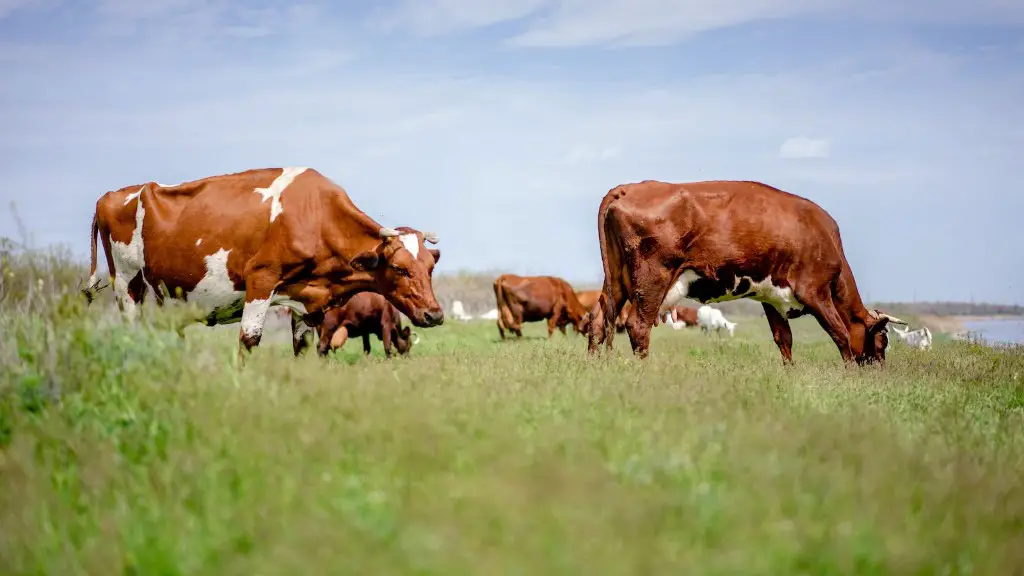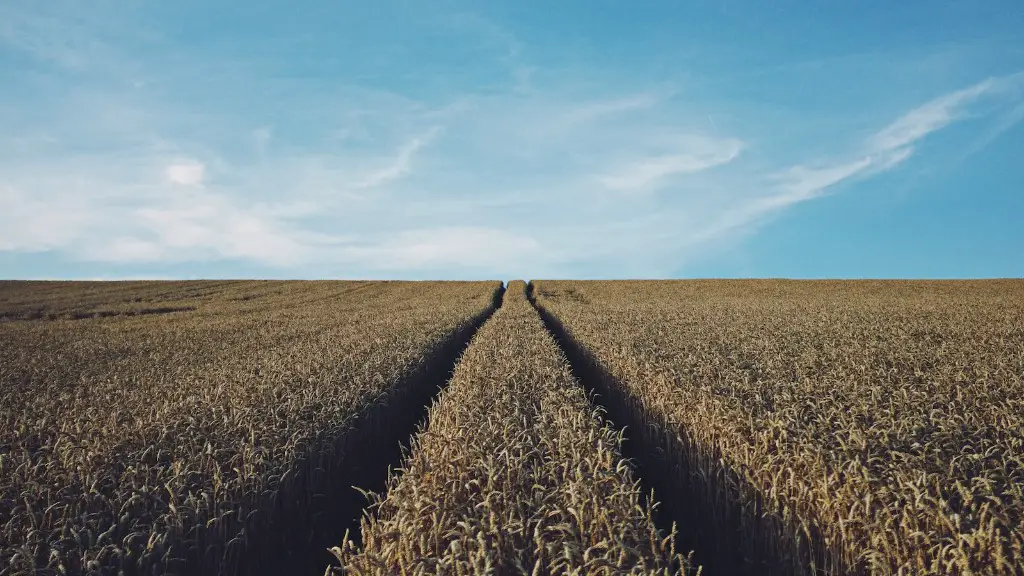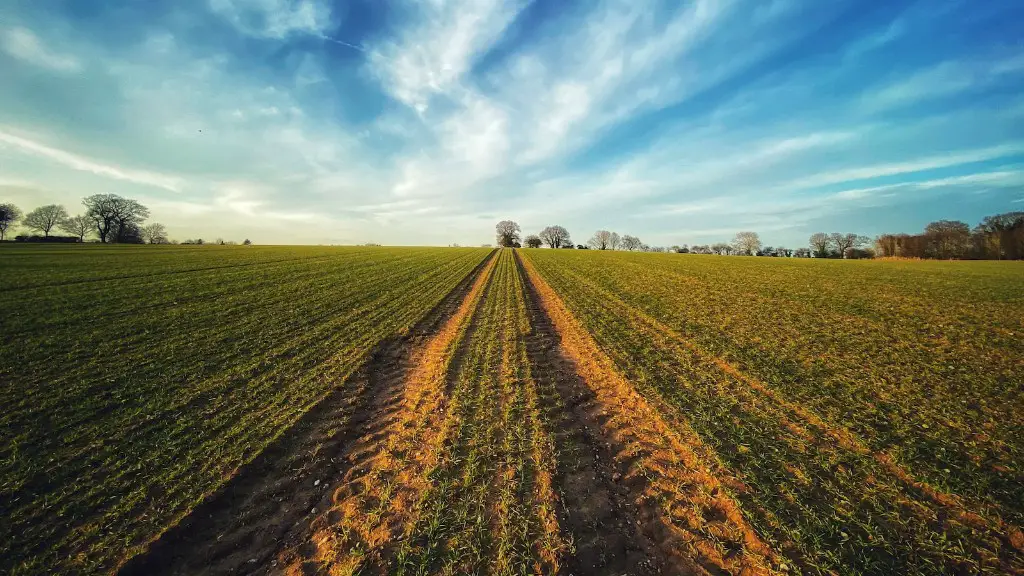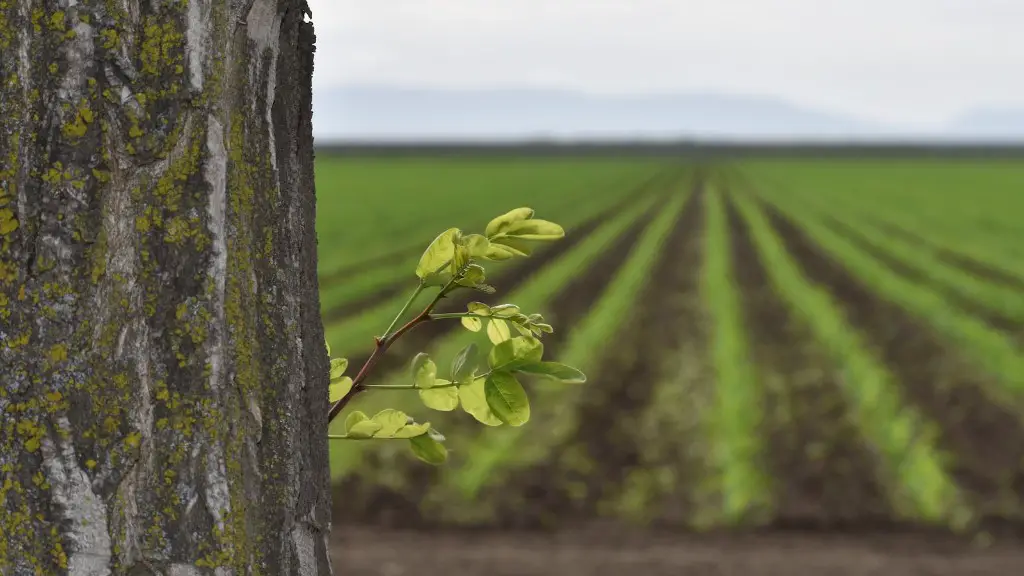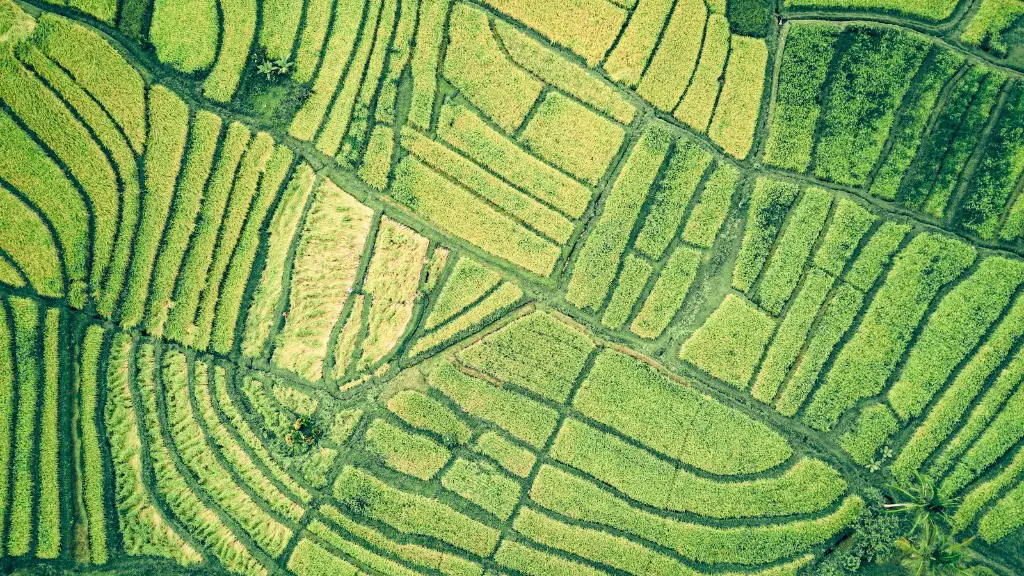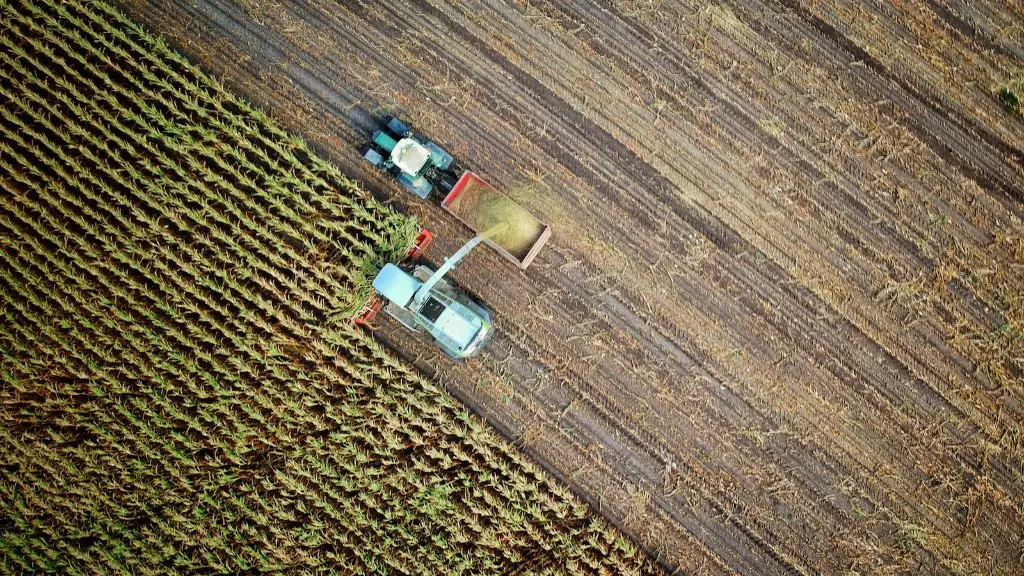Agriculture deals with the production of food, feed, fiber, and other plant and animal goods. It also encompasses the management and husbandry of livestock, forest management, and aquaculture. Agricultural jobs can be found in production, processing, marketing, financing, and research and development.
Some examples of jobs that fall under agriculture are farmers, agricultural engineers, and agricultural scientists.
What are the 10 most in demand positions in agriculture?
There are many top careers in agriculture that provide individuals with the opportunity to work in a variety of settings. Agricultural engineers work to design and develop new agricultural products and systems. Agricultural economists work to study and analyze the economic impact of agriculture on society. Farm managers work to oversee the day-to-day operations of a farm. Soil and plant scientists work to study the composition and structure of soils and plants. Conservation planners work to develop plans to protect and conserve natural resources. Commercial horticulturalists work to produce and sell horticultural products. Agricultural salespeople work to sell a variety of agricultural products.
Agricultural workers are responsible for a variety of tasks on farms and in agricultural settings. They may operate farm equipment, maintain and harvest crops, and perform other tasks as needed. Agricultural workers are essential to the agricultural industry and play a vital role in ensuring that crops are grown and harvested successfully.
What are the 8 major career areas in agriculture
Agriculture production is the process of producing food, feed, fiber and other desired products by the cultivation of certain plants and the raising of domesticated animals. Agriculture production is a vital part of the agricultural industry and can be divided into two main categories: farming and ranching.
Farming is the process of growing crops, while ranching is the process of raising livestock. Both farming and ranching involve the use of land, water, and other natural resources, as well as the application of certain production practices.
Agriculture processing and products refers to the various steps and products involved in the processing of agricultural products, such as food, feed, and fiber. This includes the packaging, labeling, and distribution of these products.
Agriculture mechanics and technology refers to the various machines and technologies used in the production of agricultural products. This includes the use of tractors, combines, and other farm equipment, as well as the use of technology for irrigation, drainage, and other production practices.
Ornamental horticulture is the production of ornamental plants and flowers. This includes the cultivation of trees, shrubs, and other plants for aesthetic purposes.
Forestry is the management and conservation
The Agricultural, Food, and Natural Resources career cluster is made up of seven distinct pathways, each of which offers a unique set of opportunities for students interested in pursuing a career in this field. From working with animals and plants to managing natural resources and food production, there are many different ways to get involved in this growing industry. With so many options to choose from, students are sure to find a pathway that interests them and provides the skills they need to succeed.
What is the highest paid agricultural job?
There are many high-paying jobs in agriculture, but some of the most common include agricultural engineers, agronomists, agricultural food scientists, veterinarians, winemakers, and farm managers. Agricultural engineers typically design machines and equipment to be used on farms, while agronomists focus on the science of crop production. Agricultural food scientists research ways to improve the quality and safety of food, and veterinarians provide medical care for animals. Winemakers use their knowledge of chemistry and biology to produce wine, and farm managers are responsible for the overall operations of a farm. Agricultural sales representatives sell products and services to farmers and other agricultural businesses.
If you’re looking for a high-paying job in agriculture, you should consider becoming a biochemist, food scientist, or environmental engineer. These jobs offer great salaries and benefits, and you’ll be helping to improve the quality of life for people all over the world.
How many careers are in agriculture?
The agricultural industry is a vital part of the US economy, providing millions of jobs across the country. California is the largest producer of food and agriculture products in the country, and as a result, has the most food and agriculture jobs. Texas is the second largest producer of food and agriculture products, and has the second most food and agriculture jobs. Florida is the third largest producer of food and agriculture products, and has the third most food and agriculture jobs.
In addition to farmers and ranchers, agriculture careers can include positions like agricultural scientists, soil conservationists and agricultural economists. With a degree in agricultural sciences, graduates can pursue careers in research, education or extension. Soil conservationists work to prevent soil erosion and protect the quality of the earth’s surface, while agricultural economists focus on the business side of the industry, studying trends and analyzing the market.
What kind of work do agricultural workers do
Farmworkers play an important role in the agricultural industry. They are responsible for planting, seeding, pruning, and harvesting crops, as well as packing and loading them for shipment. Farmworkers also apply pesticides, herbicides, and fertilizers to crops, and repair fences and some farm equipment.
Farms come in all shapes and sizes, and each one has a different purpose. Here are 15 different types of farms to give you a better understanding of what goes on beyond the classic red barn.
1. Aquaculture Farming
Aquaculture is the practice of farming aquatic animals or plants, typically for food.
2. Cooperative Farming
A cooperative is a business or organization owned and operated by a group of people for their mutual benefit.
3. Hay Farming
Hay is a type of forage that is dried and used as animal feed.
4. Organic Farming
Organic farming is a method of agriculture that focuses on production methods that are respectful of the environment.
5. Urban Farming
Urban farming is the practice of cultivating plants and animals in an urban environment.
6. Nomadic Farming
Nomadic farming is a type of farming that involves moving from place to place in order to find new areas to farm.
7. Sedentary Farming
Sedentary farming is a type of farming that involves staying in one place for an extended period of time.
8. Intensive Farming
Intensive farming is a type of farming that uses high levels of inputs in order to
What is the most recognized career in agriculture?
One of the top paying careers in agriculture today is that of a food scientist. The main objective of a food scientist is to ensure that food and food production processes are safe for consumers. They work in a variety of settings, including food manufacturing plants, quality control labs, and research and development labs. Food scientists typically have a bachelor’s degree in food science, chemistry, or a related field.
There are many different types of agricultural degrees available at the baccalaureate level. Some of the most popular options include agroecology, food systems, environmental sciences/studies, biological sciences, international development, animal science, nutrition & food sciences, and dietetics, nutrition, and food sciences. These programs can all provide students with the skills and knowledge necessary to pursue a career in the agricultural industry.
What are the 11 types of agriculture
There are many types of agricultural practices, each with its own advantages and disadvantages.
1. Pastoral farming is well-suited for areas with lots of grassland, but it is not very efficient in terms of land usage.
2. Arable farming is more land-intensive, but it can be more productive per acre.
3. Shifting agriculture involves moving crops around to different areas periodically, in order to avoid depleting the soil of nutrients.
4. Mixed farming is a combination of pastoral and arable farming, and can be customized to the specific conditions of the land.
5. Nomadic agriculture is a mobile form of agriculture, often used by pastoralists.
6. Sedentary agriculture is a stationary form of agriculture, often used by arable farmers.
7. Subsistence farming is a type of agriculture that is only used to meet the needs of the farmer and their family, with any surplus being sold.
8. Commercial agriculture is a type of agriculture that is used to generate a profit, often through the sale of crops or livestock.
9. Agroforestry is a type of agriculture that combines trees and other plants with traditional crops or livestock.
There are a number of careers in Agriculture, Food & Natural Resources that are projected to have significant job growth in the coming years. Animal Caretakers, Pest Control Workers, Refuse and Recyclable Material Collectors, and Agricultural Equipment Operators are all expected to see significant increases in job opportunities.
What is a degree in agriculture called?
Agricultural science is the study of agriculture. It covers a wide range of topics, including food science, animal husbandry, farming, veterinary medicine, and more. Agricultural science programs are offered at colleges and universities around the world, and they can lead to careers in a variety of fields.
There are many paths that you can take in order to become a manager in the field of crop science or biology. One option is to graduate from college with a degree in a related field. You can also look for cooperative positions that will give you the experience necessary to eventually become a manager. Another option is to take agriculture classes in high school and gain experience working with crops. Once you graduate from high school, you can then choose a college that suits your needs. Whichever path you choose, make sure that you gain the necessary experience and education so that you can be successful in your chosen career.
Conclusion
There are many jobs that fall under agriculture. The most common are farmers, but there are also agricultural scientists, engineers, and technicians.
There are many jobs that fall under the category of agriculture. Some of these jobs include farmers, ranchers, agricultural workers, and agricultural scientists. Agriculture is an important industry in the United States and many other countries around the world.
